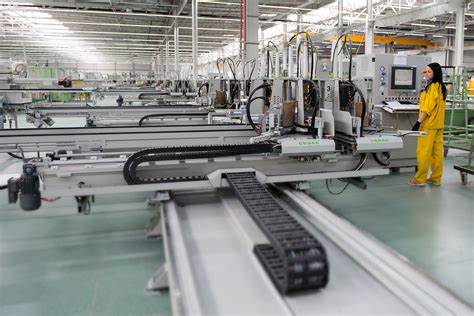Dating back to the 1970s,laser technology was first used to cut material. In modern industrial production, laser cutting technology is widely used in sheet metal, plastic, glass, semiconductor, textile and other materials processing. Likewise, laser cutting applications in micro-machining and precision machining are set to grow substantially in the coming years.
Laser Cutting
Laser cutting usually uses a focused laser beam to shine on the material to be cut. The exposure then heats up sharply, causing the surface to melt or vaporize. By the time the laser beam penetrates the work-piece, the cutting process has begun: the beam moves along the contour and melts the material. A jet stream blows the molten material away from the cut, leaving a narrow gap almost as wide as the focused laser beam between the cut and the frame.
Ultrashort pulses allow the technique to be applied to a variety of other materials. The principle is simple. The electrons in the metal receive the laser and then heat up rapidly. The laser pulse does not react with the molten particles and plasma. The lack of thermal efficiency of the picosecond pulse ablative material effectively avoids melting and burr.

Flame Cutting
Flame cutting is commonly used for cutting low carbon steel. It is a standard conventional process using readily available oxygen as the cutting gas. Oxygen pressure is blown into the incision, where the heated metal reacts with oxygen: combustion and oxidation. A chemical reaction and the release of a large amount of energy (up to five times the energy of a laser) to aid the laser beams in cutting
Gas Cutting
This technology use laser to vaporize and burn materials; the slag then can be discharged from the incision by steam pressure.
The principle of gas cutting is to first volatilize the material to minimize the thermal effect. The above effects can be achieved by continuous CO2 laser processing of volatile heat and highly received materials. Of course, it is more suitable for plastic film and wood, paper, foam and other non-melting materials.